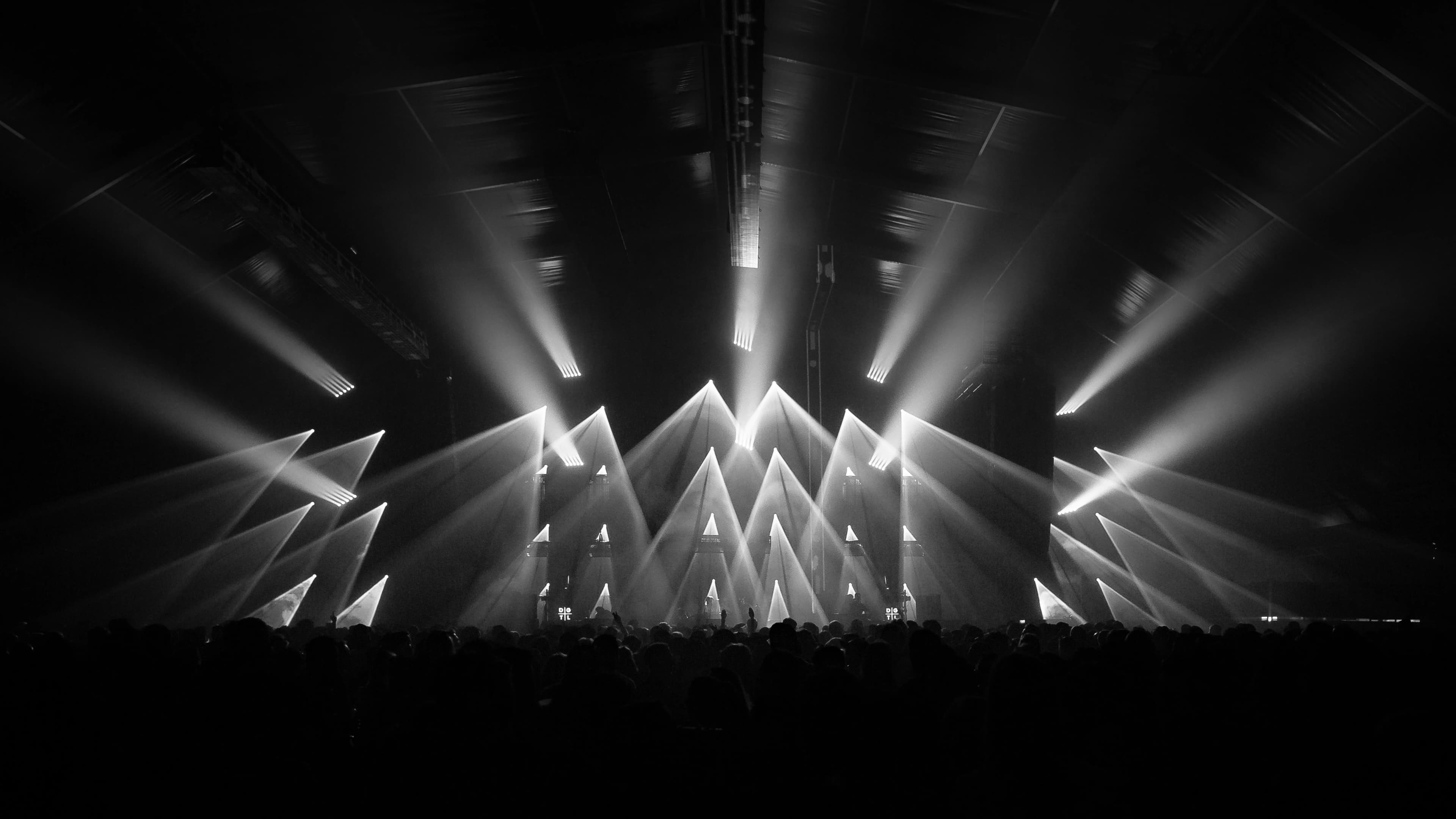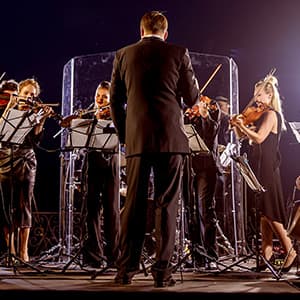

The Sources Of Polyphony Tickets
Up to 30% Off Compared to Competitors.
Location: Select Location (e.g, New York)
Events Nearby
We're Sorry. There are currently no events near you.
About The Sources of Polyphony
Currently, the world of live events featuring polyphonic music is vibrant and diverse, encompassing a range of performances from choral concerts to chamber music and orchestral arrangements. Many choral groups and vocal ensembles focus on the performance of traditional polyphonic works, showcasing pieces from the Renaissance and Baroque periods. Festivals dedicated to early music often highlight polyphonic performances, where audiences can experience the intricate harmonies of early composers in a live setting. Additionally, contemporary composers are exploring new avenues for polyphony, integrating electronic elements and modern influences into their works, which are showcased in live performances across the globe. Events like the annual 'Polyphony Festival' bring together musicians from various backgrounds to celebrate and perform polyphonic works, highlighting both historical and modern interpretations. Furthermore, the resurgence of interest in a cappella music has led to the formation of numerous vocal groups and competitions, where performers demonstrate their skills in creating complex polyphonic textures without instrumental accompaniment. In recent years, live streaming and virtual concerts have also provided new platforms for polyphonic performances, allowing audiences worldwide to experience this rich musical tradition from the comfort of their homes. Overall, polyphony remains a dynamic and essential aspect of live music, continually evolving while honoring its historical roots.
The Sources of Polyphony History
The origins of polyphony can be traced back to the medieval era, where the practice of combining multiple independent melodies became a prominent feature of Western music. The term 'polyphony' itself refers to music that consists of two or more simultaneous lines of melody, as opposed to monophony, which features a single melodic line. The development of polyphony can largely be attributed to the evolution of Gregorian chant, which served as the foundation for this complex musical form. Musicians began to experiment with adding harmonies and counterpoints to sacred chants, leading to the formation of early polyphonic styles such as organum in the 9th and 10th centuries. By the 14th century, composers like Guillaume de Machaut began to refine polyphonic techniques, paving the way for the rich textures of the Renaissance period. During this time, polyphony became a central element in sacred music, culminating in the works of composers like Josquin des Prez and Palestrina, whose intricate vocal arrangements showcased the height of polyphonic craftsmanship. The Baroque era further expanded polyphonic possibilities with the introduction of instrumental music, leading to the emergence of the fugue and the development of tonal harmony. The evolution of polyphony continued into the Classical and Romantic periods, with composers like Bach, Mozart, and Beethoven incorporating polyphonic elements into their works. As music evolved, so did the performance of polyphony, with live concerts becoming a popular medium for showcasing these intricate compositions. By the 20th century, polyphony had transcended its origins in sacred music, influencing a wide range of genres, including jazz, pop, and contemporary classical music, allowing for a diverse array of live performances that continue to captivate audiences today.
